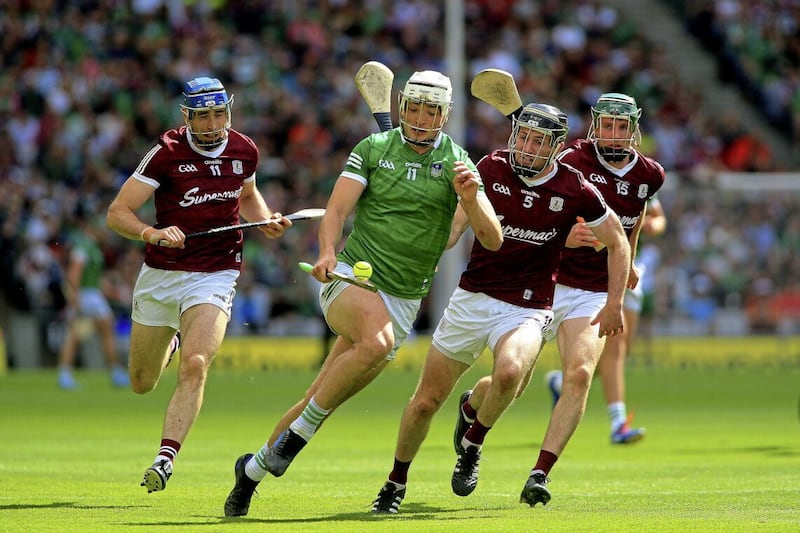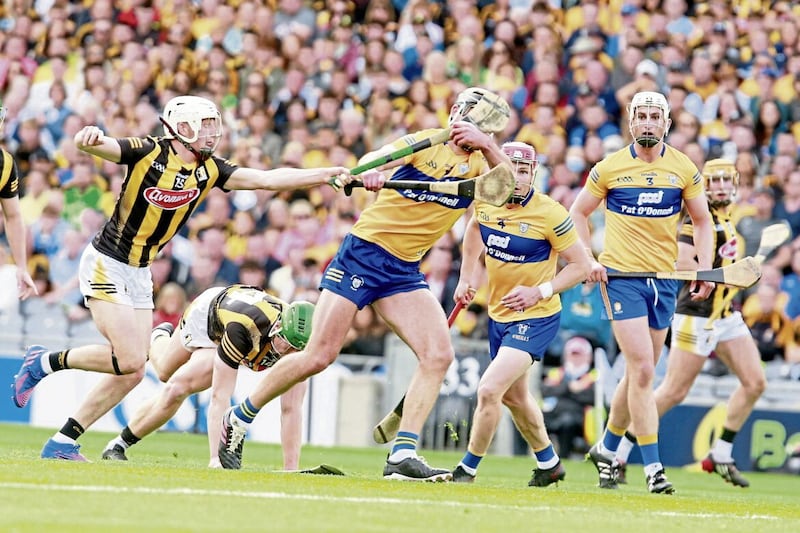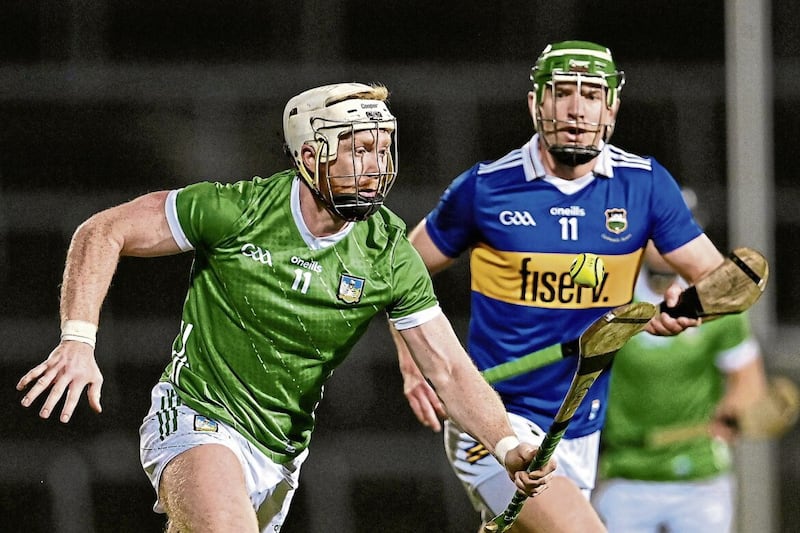The week before the hurling championship began in April Gearóid Hegarty came out of his house one morning and had to smile at the discreet message left for his attention. From the dust, grit, and dust gathered on his car, the words ‘Up Cork’ were rubbed in.
Hegarty is living in Drumcollogher in west Limerick, right on the Cork border. He meets more Cork people than Limerick people in his daily routine. He is more dislocated from the hype around Limerick city and its environs, but, even back then, there was no escaping the enveloping madness and spiralling giddiness around what Limerick could yet achieve.
They had just hammered Kilkenny in the League final and much of the discussion in the lead-up to the Championship had centred around Limerick having the potential to win six-in-a-row.
Hegarty dismissed it all as ‘crazy talk’ but he still acknowledged the difference in mood around the county, and the threat that posed to the group as they embarked on their quest for four-in-a-row.
“In terms of the hype around Limerick, it’s much, much different going into the Championship this year than it was last year,” said Hegarty.
At that stage of the season, the general consensus around Limerick was similar to how everyone felt about Kilkenny in the lead-up to the 2009 championship when they were also going for the four-in-a-row. After hammering every side in 2008, with an average winning margin of 15 points, that narrative didn’t follow the linear pattern everybody expected it to in 2009.
Galway and Dublin rattled Kilkenny in Leinster. Waterford put up a huge fight against them in the All-Ireland semi-final while Tipp had them on the ropes with 10 minutes to go in the final. Kilkenny only won that match because of an incredible goalkeeping display from PJ Ryan.
Limerick have experienced similar struggles this season but they’re still back in the place everybody expected them to be, still fancied to get the job done like Kilkenny did 14 years ago.
One of the biggest differences though, is the volume of games; Kilkenny played four games that year to win the All-Ireland; Limerick had to play four extremely tough games this summer just to reach the Munster Final.
Every game Limerick played this year was like an All-Ireland Final for the opposition. Kilkenny had to deal with those challenges too when they were going for the four-in-a-row but the terrain was vastly different.
Back then, despite Galway’s arrival into Leinster for the first time in 2009, Kilkenny were certain to win Leinster. Throughout those years when they were gobbling up Leinster titles, Kilkenny really only had to peak for two games during a five-week period between early August to early September.

The numbers told as much. During Kilkenny’s four-in-a-row, they won their eight games in Leinster by an aggregate margin of 98 points.
However, in the last two seasons alone, Limerick have played 10 games in Munster. Outside of an 11-point win against Cork and an eight-point win against Tipperary last year, Limerick won those other five games (they drew with Clare in the round robin last year, lost to Clare and drew with Tipp this year) by an aggregate margin of just nine points.
Whereas the standard has been high in Munster in recent seasons, Kilkenny did what they wanted in Leinster back in the late 2000s. On the other hand, the standard in the province still didn’t really matter because Kilkenny were that good.
That four-in-a-row side were deemed to be the greatest ever, so great that everyone doubted if we would ever see their like again, especially in our lifetime. Now, all of a sudden, they have a legitimate challenger, an opponent already close to standing as their peers, with the potential to possibly even stride past that side of Kilkenny immortals.
How has this happened, and so quickly? When Limerick finally emerged from the darkness in 2018, they were the fifth different county to win an All-Ireland in that decade, the newest chapter in another captivating storyline as the hurling championship continued to be gripped in convulsions.
Full of live contenders, the days of one side taking ownership of the summer were deemed to be over. And then Limerick radically altered the narrative.
In sport, evolution always contains a degree of imitation and, in so many ways, this Limerick team are a mirror image of Brian Cody’s elite performers.
Power. Skill execution under the most unimaginable pressure. A ferocious appetite for work. A sustained ferocity. And an incredible culture.
There have always been innovators that reared up and made a racket but Limerick have dared to be different, attacking orthodoxy from all sides, expressing innovation in such a unique way that it has enabled John Kiely and his squad to create a whole New Order.
The wonder of that Order is how easy they have often made it look when the system has never been as hard to dominate.
During Kilkenny’s four-in-a-row, they played 18 games. Limerick have already played 22 games along the same route. It's never black and white but the difference between what Limerick have already done, and what Kilkenny did, is that Limerick never had handy games in Munster like Kilkenny too often had in Leinster.
Great teams leave a huge imprint but the legacies of the greatest teams is how they fundamentally change the game. And, similar to Cody’s Kilkenny, this Limerick team emphatically has.
They have challenged their rivals and the chasing pack to be radical in their thinking. Yet irrespective of the system Limerick play or the systems they play against, any system is worthless unless it has the brilliant players to carry it out.
In an increasingly professional culture and climate, with more challengers and realistic contenders, with a much more demanding programme of matches than in the past, with less time for recovery than ever before, Limerick continue to power forward.
Can they now drive on to win that four-in-a-row? It is almost fitting that the team standing in their way trying to stop Limerick now is Kilkenny.
These Kilkenny players are only concerned about winning their own All-Ireland but, deep down, they also want to preserve – and retain its uniqueness - of the four-in-a-row legacy of the great men that went before them.









